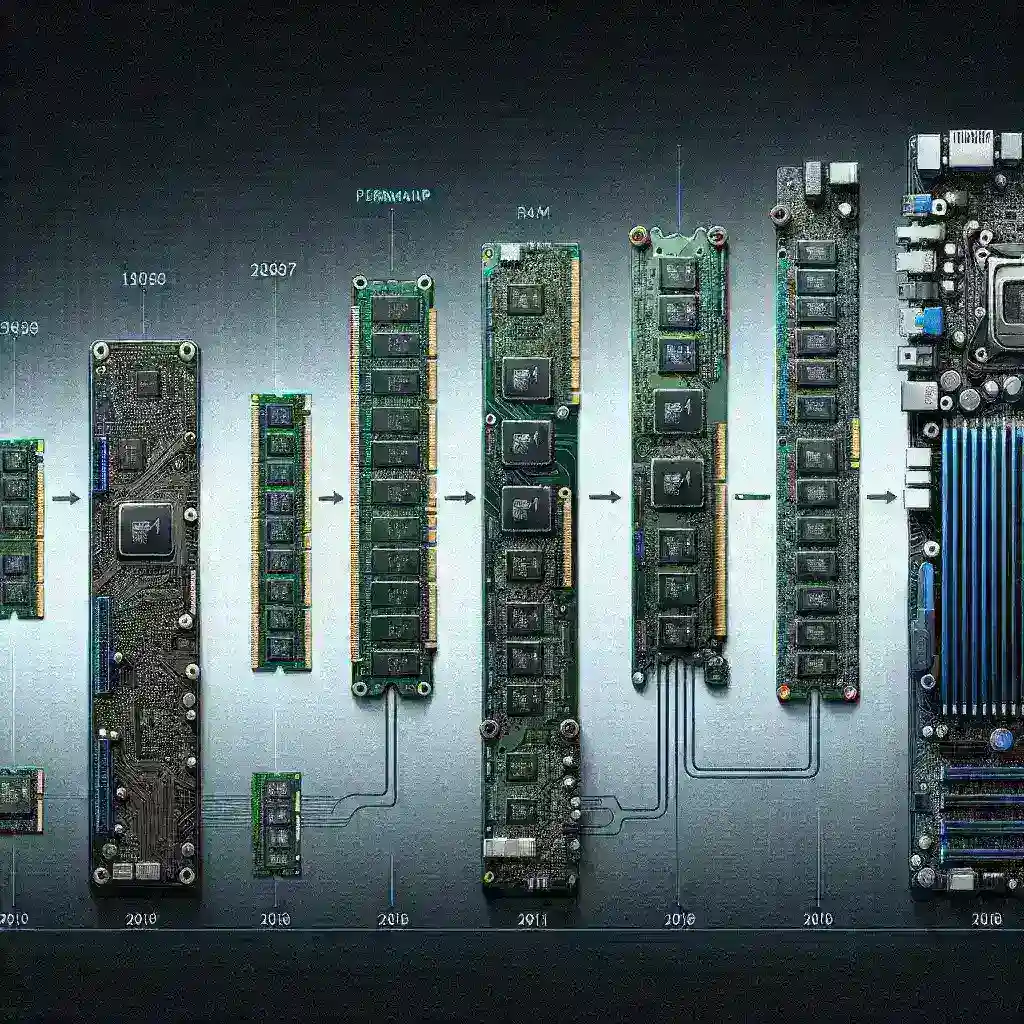Introduction
In the ever-evolving landscape of technology, one of the most notable changes in computer design has been the shift towards soldered RAM. This transition has significant implications for both manufacturers and consumers, particularly regarding upgrade paths. In this article, we delve into why soldered RAM has become the norm and what it means for users looking to enhance their systems.
The Rise of Soldered RAM
Soldered RAM, or memory chips that are permanently attached to the motherboard, have gained traction in recent years. Historically, RAM modules were easily replaceable, allowing users to upgrade their memory as needed. This shift towards soldered RAM can be attributed to several factors:
- Cost Efficiency: Manufacturers often seek ways to reduce production costs. Soldering RAM directly onto the motherboard simplifies the design and assembly process, leading to lower manufacturing expenses.
- Space Saving: By soldering RAM, manufacturers can save valuable space within the device. This is particularly crucial in laptops and compact devices where every millimeter counts.
- Performance Improvements: Soldered RAM can lead to better performance due to reduced latency. When RAM is directly connected to the motherboard, it can achieve faster data transfer speeds compared to traditional slot-based RAM.
- Security Considerations: In certain applications, particularly in security-sensitive environments, soldered RAM can provide an additional layer of protection against tampering.
Historical Context
To fully appreciate the rise of soldered RAM, it’s essential to understand its historical context. In the early days of computing, RAM was modular and easily replaceable. Users could upgrade their systems as new technologies emerged. However, as devices became smaller and more integrated, the need for soldered components grew.
The Evolution of Computing Devices
With the rise of ultra-thin laptops, tablets, and smartphones, traditional designs became less feasible. Manufacturers began to prioritize slim profiles and lightweight designs over user-upgradable components. This shift led to the introduction of soldered RAM as a standard practice.
What This Means for Upgrade Paths
The move towards soldered RAM has significant implications for upgrade paths:
Pros of Soldered RAM
- Enhanced Performance: Soldered RAM often provides higher performance due to its direct connection to the motherboard, reducing latency issues.
- Compact Designs: Soldered RAM allows for sleeker and lighter devices, catering to consumer demand for portability.
- Lower Production Costs: Manufacturers benefit from reduced costs, which can lead to lower retail prices for consumers.
Cons of Soldered RAM
- Lack of Upgradeability: The most significant downside is the inability to upgrade RAM after purchase, which can limit the longevity of a device.
- Increased E-waste: Devices with soldered RAM may need to be replaced sooner, contributing to electronic waste.
Future Predictions
As technology continues to evolve, we can expect the trend towards soldered RAM to persist, especially in mobile devices. However, there may also be a counter-movement as consumers increasingly demand upgradeable options. Manufacturers may need to strike a balance between compact designs and user flexibility.
Potential Innovations
Future innovations may lead to new types of memory solutions that combine the benefits of soldered RAM with upgradeability. For example, advancements in modular memory technology could allow for easy upgrades without sacrificing compact designs.
Real-World Implications
The implications of soldered RAM extend beyond technical specifications. For consumers, this shift forces them to consider their purchasing decisions more carefully:
- Planning for the Future: Buyers should assess their future needs, as devices with soldered RAM may be less adaptable to evolving requirements.
- Resale Value: Devices with non-upgradable components may have lower resale values, impacting overall investment.
Conclusion
The transition to soldered RAM has reshaped the landscape of computing, impacting design, manufacturing, and user experience. While it offers compelling advantages in performance and cost efficiency, it also raises concerns about upgradeability and device longevity. As technology continues to advance, finding a balance between these competing priorities will be crucial for manufacturers and consumers alike.
Expert Insights
According to tech industry analyst Jane Doe, “The move towards soldered RAM is a reflection of broader trends in consumer electronics. As devices become increasingly integrated and sophisticated, the challenges of upgradeability will continue to pose questions for both manufacturers and consumers.”
Personal Anecdote
As a long-time technology enthusiast, I’ve experienced the shift from modular to soldered RAM firsthand. My first laptop allowed me to easily swap out RAM modules, but my current device, with soldered RAM, has left me contemplating its capabilities and my future needs. This personal experience mirrors the broader consumer landscape and highlights the importance of informed purchasing decisions.
Cultural Relevance
In today’s fast-paced technological environment, soldered RAM has become a cultural emblem of the push for sleek design and high performance. It represents a trade-off between user control and manufacturer efficiency, sparking discussions in tech communities worldwide.

